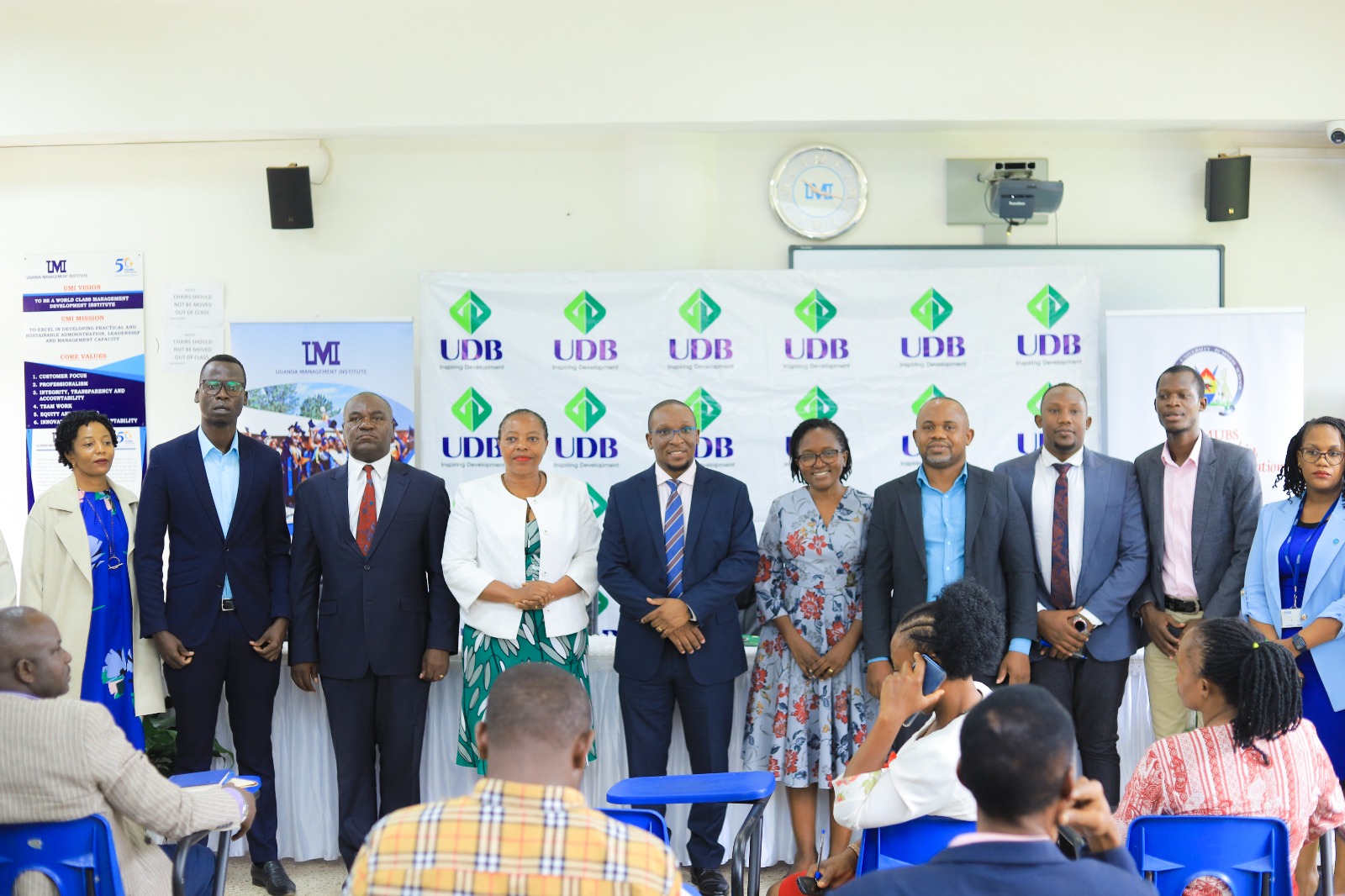Although the expansion of implant availability and access in Africa are remarkable, emerging data indicates that service delivery capacity for implant removals has not kept pace with that for insertion as more implant users reach the end of their implants life span or decide to discontinue the method for any reason at any time.
In 2013, 150,000 women got implant insertions but of these only 4000 successfully got them removed.
Keep Reading
In 2017 the number of insertions grew to 300,000 but with only 5000 removals registered.
A project conducted in 6 districts of Rubanda, Ibanda, Rukungiri, Ntungamo, Kable, Rukiga by JHPIEGO an affiliate of John Hopkins University showed that more patients where referred to referral hospitals for removal.
“Many of our clients have been exploited, we have had patients spend more between Shs 40,000/- to Shs700,000/’ in private facilities to have an implant removed,” Dr Placid Mihayo, commissioner reproductive health, Ministry of Health said.
Emily Katarikawe the country director JHPIEGO explained that even in some health facilities where nurses and midwives were ready to have the implants removed they where challenged by constant stock outs and outdated equipment.
“Commodity stock outs where constant in the 6 districts where the project was, we had to Procure own equipment which the health workers later described as effective and less tiresome,” Katarikawe said.
To bridge the gaps a total of 104 health workers in 63 health facilities were trained on how to insert and remove these implants using available technology.
It was not a smooth road all through even JHPIEGO team could not handle complicated implant conditions and patients where advised to have a referral because of lack of proper equipment.
Monitoring and Evaluation manager for JHPIEGO, Innocent Atukunda said they failed to handle difficult implant conditions because they required extra equipment like Xrays and ultra sound.
But of the 115 districts in Uganda, one can steadily walk into six of these for a trusted service on implant insertion or removal.
“For the other districts Implant commodities have been put on the essential drug list of National Medical stores who believe this will not be a problem any more,” Katarikawe said.
According to PMA2020, implants are mostly used by 20% of married women and about 8% of active women and the second most preferred choice of family planning after injectable
















